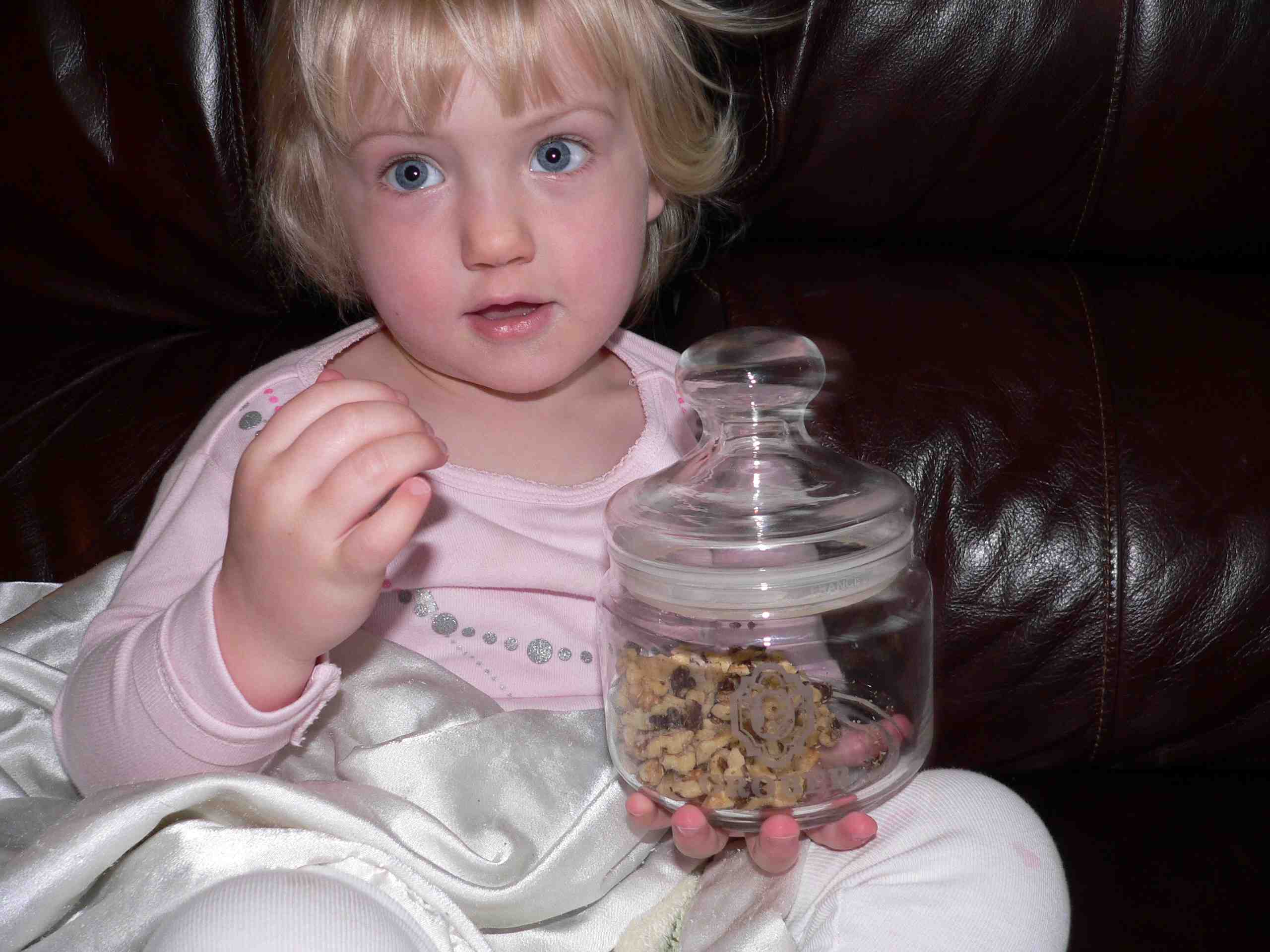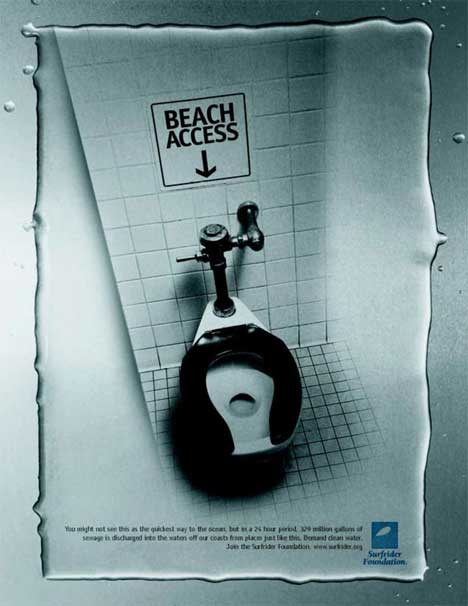RiverStone Health in Montana was criticized last month when it raised concerns about a man who wanted to make Christmas dinner in his family’s kitchen and deliver the meals to shut-ins.
Health officials say they were only doing their job.
“Let’s imagine the unimaginable,” said RiverStone Health CEO John Felton. “Suppose 35 people got salmonella. What would the question of RiverStone Health have been at that point? We would  not have been the Grinch who stole Christmas. We would have been the folks who allowed 35 people to get sick because we didn’t execute our responsibility.”
not have been the Grinch who stole Christmas. We would have been the folks who allowed 35 people to get sick because we didn’t execute our responsibility.”
RiverStone objected to Cody Walter, owner of Delivery 2u, using private kitchens to prepare and distribute food. RiverStone provided Walter with information on food safety. They also identified a number of commercial kitchens so the holiday meals could be prepared in a facility equipped to safely store and prepare the food and milk donations he was receiving.
Walter said he was “shut down” and suggested the Grinch had stolen Christmas.
Public sentiment overwhelmingly sided with Walter.
“What needs to be clear is that we don’t have any interest whatsoever in preventing churches, nonprofit organizations and others from doing the good they do in the community,” Felton said. “Our compelling interest is to protect the safety and health of the public. What we don’t want is to have a bunch of people get sick because we didn’t provide the information they need.”
RiverStone Health employs nine registered sanitarians, six of whom are involved in food inspections. In fiscal year 2011, they conducted 1,750 unannounced inspections in 1,000 licensed establishments. The number of inspections does not include temporary events such as Christmas Stroll, Saturday Live and the Strawberry Festival.
“Cody Walter was doing a good thing,” Felton said. “If we would have had advanced notice we could have worked closely with him. We don’t want to discourage people from doing those types of things. He seems like a good-hearted guy, but there is a huge difference between cooking for five people and cooking for 50 and then delivering it.”
Walter said he understands now that RiverStone Health was only trying to protect him as well as those to whom he would deliver meals. “There are no hard feelings. They were only doing what they should be doing,” he said. “They are there for a reason.”


 say how many while fingering walnuts imported from California and imported by Amira Enterprises of St. Laurent, Quebec as the suspected source.
say how many while fingering walnuts imported from California and imported by Amira Enterprises of St. Laurent, Quebec as the suspected source..jpg) But then goes on to less emphatically state,
But then goes on to less emphatically state, another 50 or so, the best you can do is remind Canadians they should do more?
another 50 or so, the best you can do is remind Canadians they should do more?(1).jpg) website. Food Safety For Higher Risk Canadaians is brought to you by the Canadian Public Health Association (CPHA) supported through an unrestricted educational grant from Maple Leaf Foods Inc.”
website. Food Safety For Higher Risk Canadaians is brought to you by the Canadian Public Health Association (CPHA) supported through an unrestricted educational grant from Maple Leaf Foods Inc.” establishment, had been attempting to make pretzels. Peltack said it took rescue-squad workers a short amount of time to release her hand from the machine.
establishment, had been attempting to make pretzels. Peltack said it took rescue-squad workers a short amount of time to release her hand from the machine. The Department of Health told
The Department of Health told DCF employees already inspect day-care facilities for safety issues. Sheldon said the Legislature was trying to consolidate inspections to prevent multiple state agencies from visiting the same facilities to inspect different standards.
DCF employees already inspect day-care facilities for safety issues. Sheldon said the Legislature was trying to consolidate inspections to prevent multiple state agencies from visiting the same facilities to inspect different standards. death. She endured six days of intensive care, multiple blood transfusions and, so far, 196 bags of plasma.
death. She endured six days of intensive care, multiple blood transfusions and, so far, 196 bags of plasma..jpg) I find that food inspectors in all regulatory agencies have a tendency to confuse their inspection techniques with their investigative techniques. This results in lost evidence (primarily food samples) to prove the cause of a foodborne illness.
I find that food inspectors in all regulatory agencies have a tendency to confuse their inspection techniques with their investigative techniques. This results in lost evidence (primarily food samples) to prove the cause of a foodborne illness. Cookie will be the first restaurant in Scotland to invite customers into the kitchen to prepare and cook the food.
Cookie will be the first restaurant in Scotland to invite customers into the kitchen to prepare and cook the food. The Public Health Agency of Canada (PHAC) is working with provincial and local health authorities, Health Canada and the Canadian Food Inspection Agency (CFIA) to investigate cases of Listeria monocytogenes in Canada.
The Public Health Agency of Canada (PHAC) is working with provincial and local health authorities, Health Canada and the Canadian Food Inspection Agency (CFIA) to investigate cases of Listeria monocytogenes in Canada..jpg) Although underground restaurants have been popping up around the country for several years, this incarnation, launched last summer, appears to be the first of its kind in St. Louis.
Although underground restaurants have been popping up around the country for several years, this incarnation, launched last summer, appears to be the first of its kind in St. Louis.